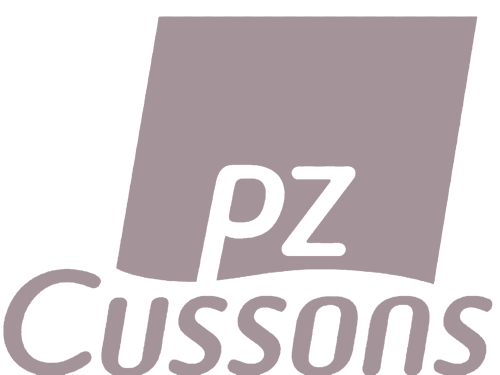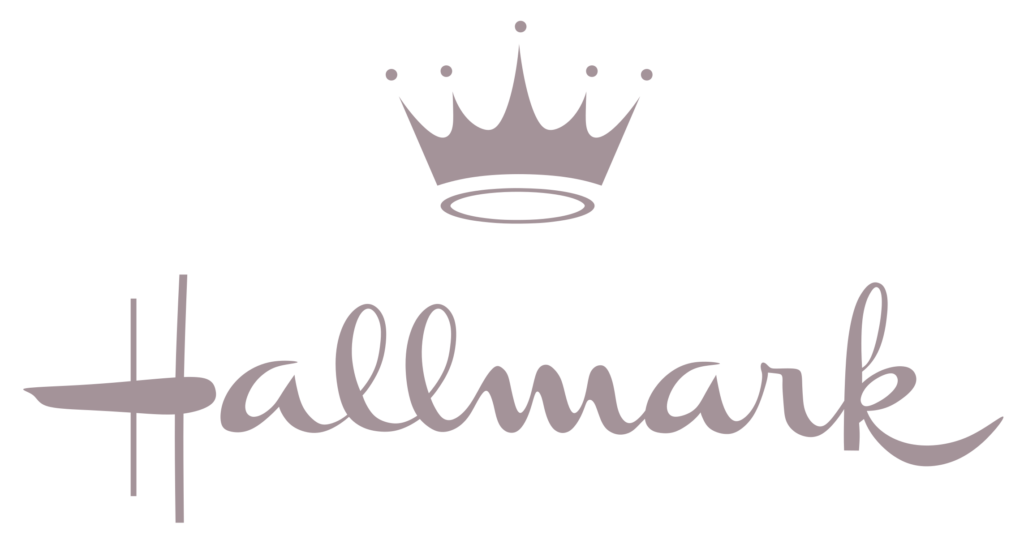Consumer goods
Consumer goods companies used to build strong international brands that benefited from economies of scale and strong relationships with distributors, but the environment has changed.
The current generation of consumers is less sensitive to or influenced by brands: there is an increasing trend for “self-care”, small brands grow quickly, and it is increasingly important to be able to quickly interact with consumers directly through social media.
Effective operations management in the consumer goods industry is dependent upon visibility and control of all aspects of the supply chain, from material suppliers through to the consumer.
Challenges in the consumer goods industry
In this highly competitive and dynamic environment, companies must become more agile than ever to compete. Rapid response to the changing needs of consumers is the key to success. A number of evolving dynamics continue to add complexity and challenges to supply chains including increasing materials costs and constrained supply of critical inputs, driven by population growth, increasing wealth and consumerization and seismic legislation and taxation changes aimed at altering consumer behaviour and reducing environmental impact.
Consumer demand is broadening with the growth of premium and fresh products at one end, and cost-conscious consumers driving the continued need for promotions and value products at the other. There is a gradual opening up of new markets that can dramatically alter global demand, whist also responding at home to channel pressures, including convenience retail and direct-to-consumer.
There is increasing market hunger for innovation due to health / environmental concerns and premiumisation / segmented portfolios are putting stress on NPD processes and product lifecycle management. In addition to this, increasing data availability offers opportunities to identify additional sales and faster consumer response to those who can analyse this data effectively.
How we can help the consumer goods industry
Our role is to help our clients cut through the complexity and attain operational simplicity. We work together to develop a service response that addresses all operational pressures, allowing the strategy to be delivered efficiently.
We can help you with:
Process and controls
- Increasing sophistication of demand management processes to inform the best supply response
- Tightening the control of range management and product lifecycles
Strategies and performance
- Adopting production strategies that are efficient and flexible
- Becoming smarter at materials management and supplier performance management
Optimisation
- Establishing more effective management of key supply chain partners through more integrated and aligned ways of working
- Optimising inventory deployment throughout the supply chain
Systems and tools
- Deployment of leading-edge analytical tools to generate insights and inform better decision making
- Ensuring systems support the processes of the target operating model
Digital solutions
- Increasing visibility and traceability through our digital solutions
- Reduction of heavily manual and error prone activities through Robotic Process Automation, i.e., mater data management and sales order processing
Training and education
- Identifying people capability gaps and developing training and education programmes
Our approach
We apply a combination of technical expertise, operational experience and business knowledge to help our clients solve consumer goods issues and deliver lasting results. Our personal and pragmatic approach, with challenge where needed, ensures buy-in at all levels of our clients’ businesses and a successful outcome. We have worked with a wide range of organisations in the consumer goods industry including PZ Cussons, Hallmark Cards, Electrolux, Avon, Sony Computer Entertainment, Paperchase, Royal Canin, British American Tobacco, Hachette Livre, L’Oréal Paris and Avon. Learn more about us here.











